Lily Of The Valley Varieties – Growing Different Types Of Lily Of The Valley Plants
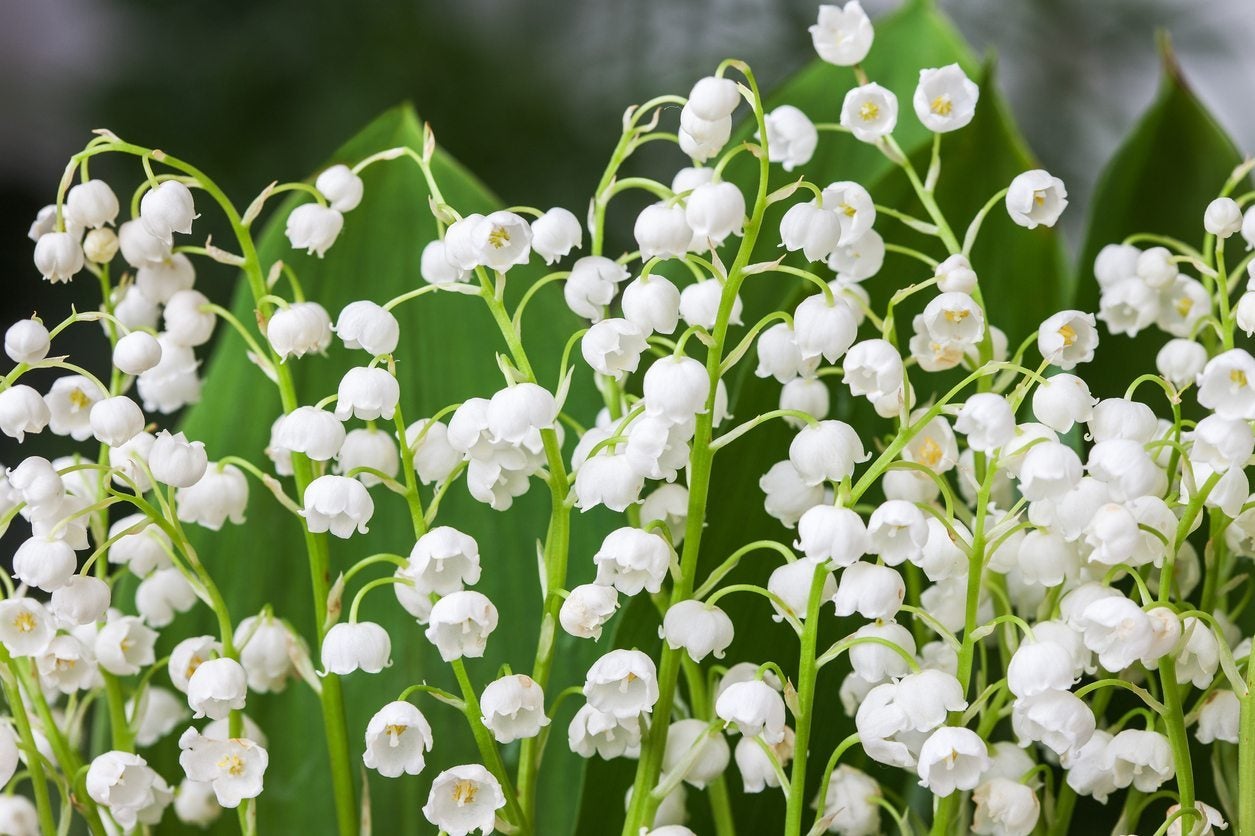

Lily of the valley plants produces a delicate, fragrant flower that is unmistakable and a great addition to the garden (provided you manage to keep their spread in check). What kind of selection is out there? There’s a lot more to lily of the valley than just its sweet scent. Keep reading to learn more about the different lily of the valley plant types.
Common Types of Lily of the Valley
Common lily of the valley (Convallaria majalis) has dark green leaves, tops out at about 10 inches (25 cm.) in height, and produces small, extremely fragrant, white flowers. As long as it’s contained from taking over the garden, you can’t go wrong with this variety. There are, however, a large number of interesting cultivars that set themselves apart.
Other Kinds of Lily of the Valley Plants
Lily of the valley doesn’t necessarily mean white flowers anymore. There are many lily of the valley varieties that produce pink blooms. “Rosea” is a cultivar of the plant that has flowers with a pink tinge to them. The amount and depth of the pink can vary from specimen to specimen. Another way to introduce more color to your lily of the valley patch is to choose a variety with variegated leaves. “Albomarginata” has white edges, while “Albostriata” has white stripes that fade somewhat to green as the summer wears on. Yellow and bright light green striping can be found in varieties like “Aureovariegata,” “Hardwick Hall,” and “Crema da Mint.” “Fernwood’s Golden Slippers” emerges with all over yellow foliage that never quite fades to green. Some more interesting kinds of lily of the valley varieties are grown for their size. “Bordeaux” and “Flore Pleno” will grow to a foot (31 cm.) tall. “Fortin Giant” can reach all the way to 18 inches (46 cm.) in height. “Flore Pleno,” as well as being tall, produces large double flowers. “Dorien” also has larger than normal flowers.
Gardening tips, videos, info and more delivered right to your inbox!
Sign up for the Gardening Know How newsletter today and receive a free copy of our e-book "How to Grow Delicious Tomatoes".

The only child of a horticulturist and an English teacher, Liz Baessler was destined to become a gardening editor. She has been with Gardening Know how since 2015, and a Senior Editor since 2020. She holds a BA in English from Brandeis University and an MA in English from the University of Geneva, Switzerland. After years of gardening in containers and community garden plots, she finally has a backyard of her own, which she is systematically filling with vegetables and flowers.
-
 Looking For Plants To Give You The Soft And Fuzzies? Try These 5 Fuzzy Leaf Plant Options
Looking For Plants To Give You The Soft And Fuzzies? Try These 5 Fuzzy Leaf Plant OptionsLovers of texture, drama, silver foliage and tactile plants will adore these special sensory garden additions. These fuzzy leaf plant options will leave you all aglow
By Susan Albert
-
 Get Ready For A Summer Of Hummers! Grow These Full Sun Hummingbird Plants and Flowers
Get Ready For A Summer Of Hummers! Grow These Full Sun Hummingbird Plants and FlowersIf you’re lucky enough to enjoy a sunny backyard, make sure you are maxing out on your pollinator opportunities and grow these full sun hummingbird plants and flowers
By Tonya Barnett
-
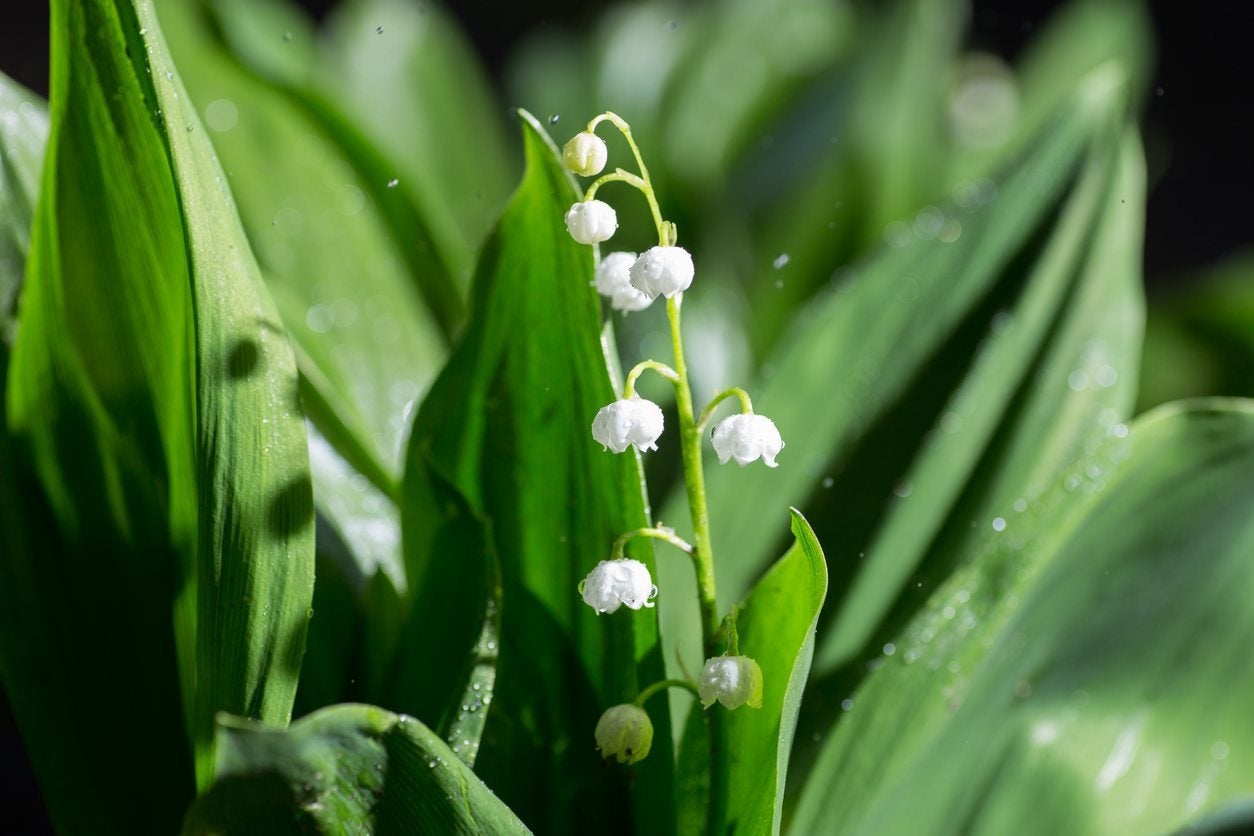 Treating Diseased Lily Of The Valley Plants – Symptoms Of Lily Of The Valley Disease
Treating Diseased Lily Of The Valley Plants – Symptoms Of Lily Of The Valley DiseaseThere are some plants that it almost breaks your heart to see sick. Lily of the valley is one of those plants and one that's worth trying to save, when you can. Click here to learn how to treat sick lily of the valley, as well as ways to keep your plants healthier.
By Kristi Waterworth
-
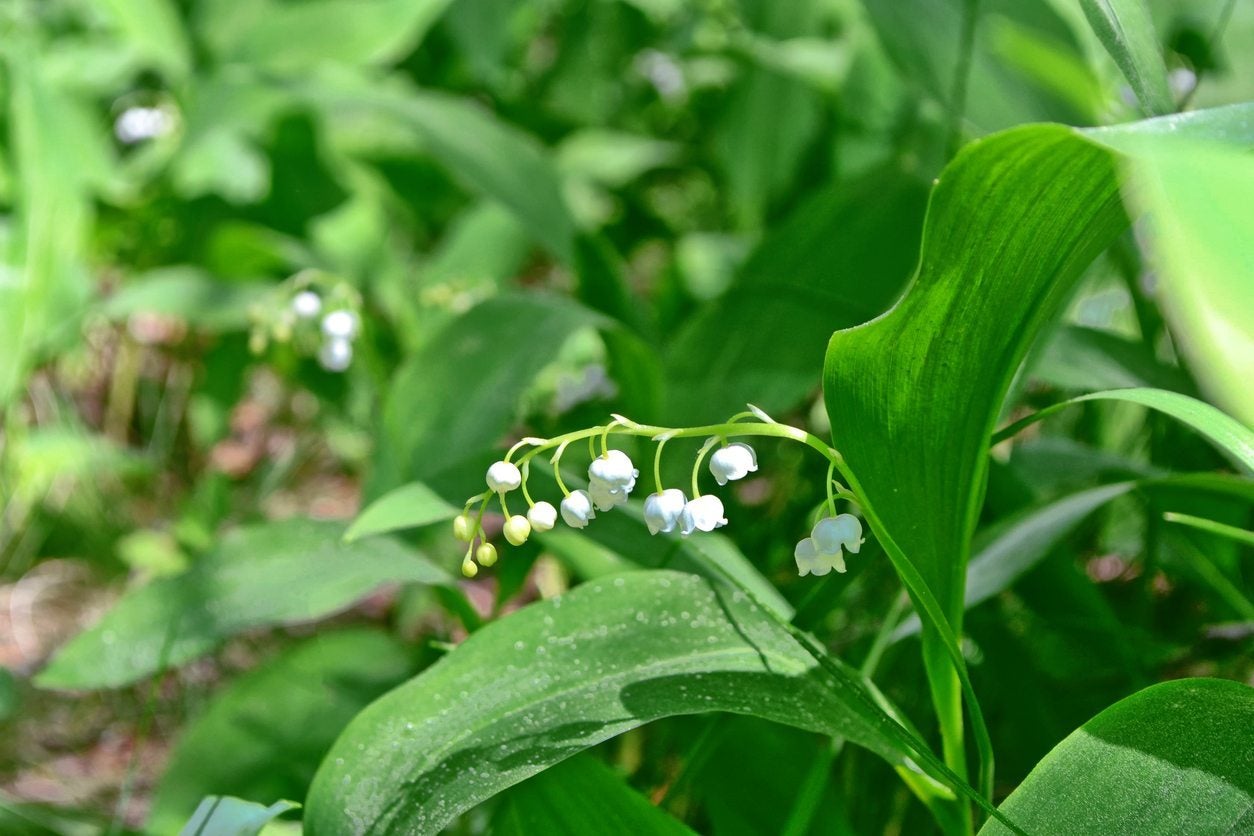 Lily Of The Valley Has Yellow Leaves – Reasons For Yellow Lily Of The Valley Leaves
Lily Of The Valley Has Yellow Leaves – Reasons For Yellow Lily Of The Valley LeavesLily of the valley is known for its sweet fragrance and delicate white nodding flowers. When those two things are accompanied with yellow foliage, it's time to dig a little deeper to figure out what's wrong. Learn more about yellowing lily of the valley in this article.
By Kristi Waterworth
-
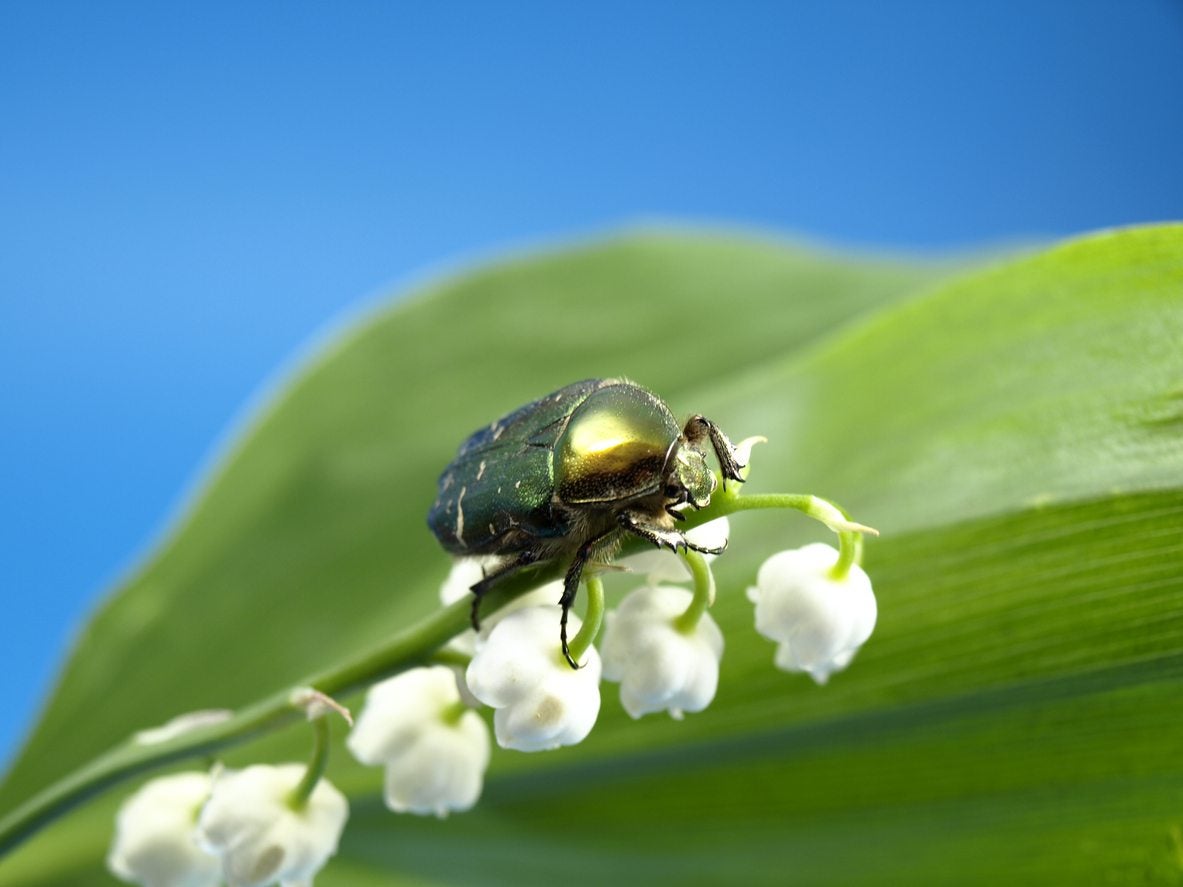 Pests On Lily Of The Valley : Bugs And Animals That Eat Lily Of The Valley Plants
Pests On Lily Of The Valley : Bugs And Animals That Eat Lily Of The Valley PlantsThere are few disease issues or lily of the valley pests. These are easily managed provided you know what you are looking for and how to treat the problem. Learn what pests on lily of the valley might be of concern, and how to identify and combat them in this article.
By Bonnie L. Grant
-
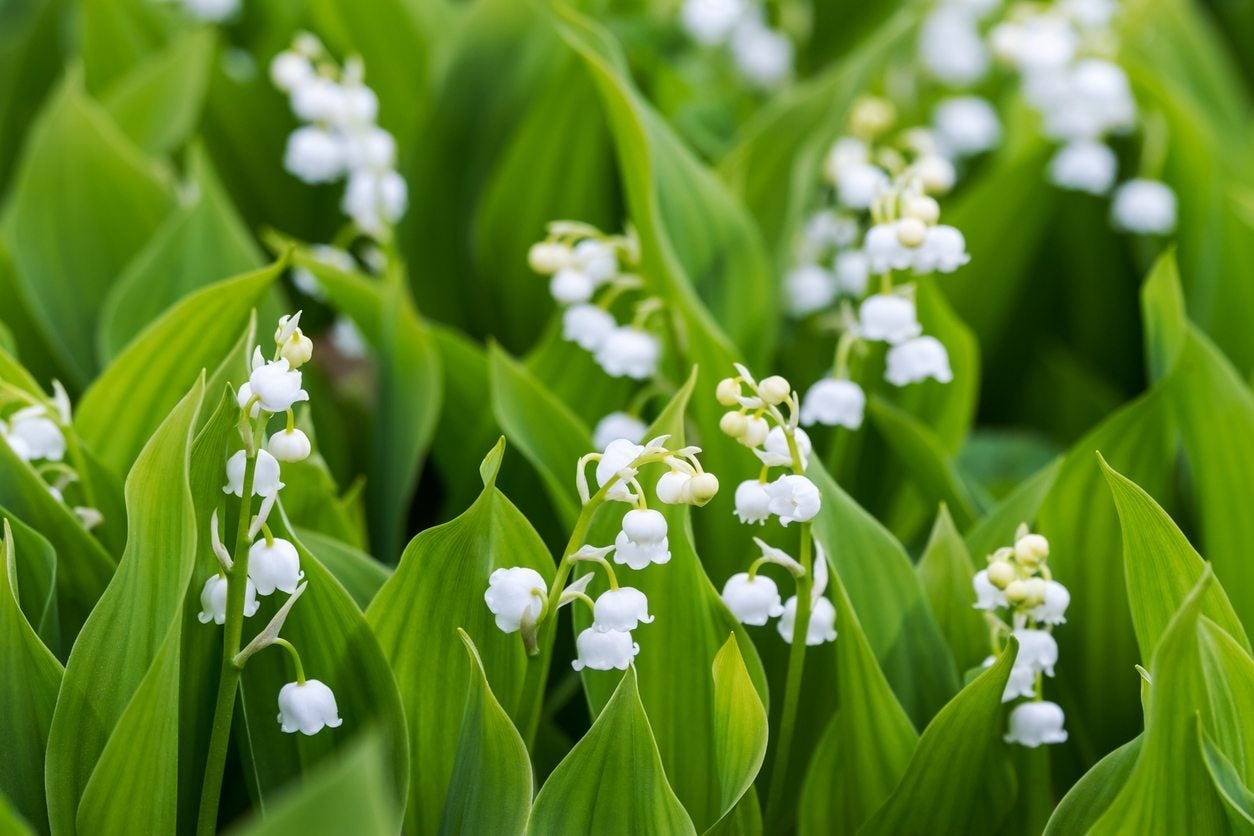 Moving Lily Of The Valley Plants: When To Transplant Lily Of The Valley
Moving Lily Of The Valley Plants: When To Transplant Lily Of The ValleyA rapid spreader, people find themselves moving lily of the valley all the time with no ill effects to the plant. That said, if you?re new to growing this specimen, click on the following article to find out when and how to transplant lily of the valley.
By Amy Grant
-
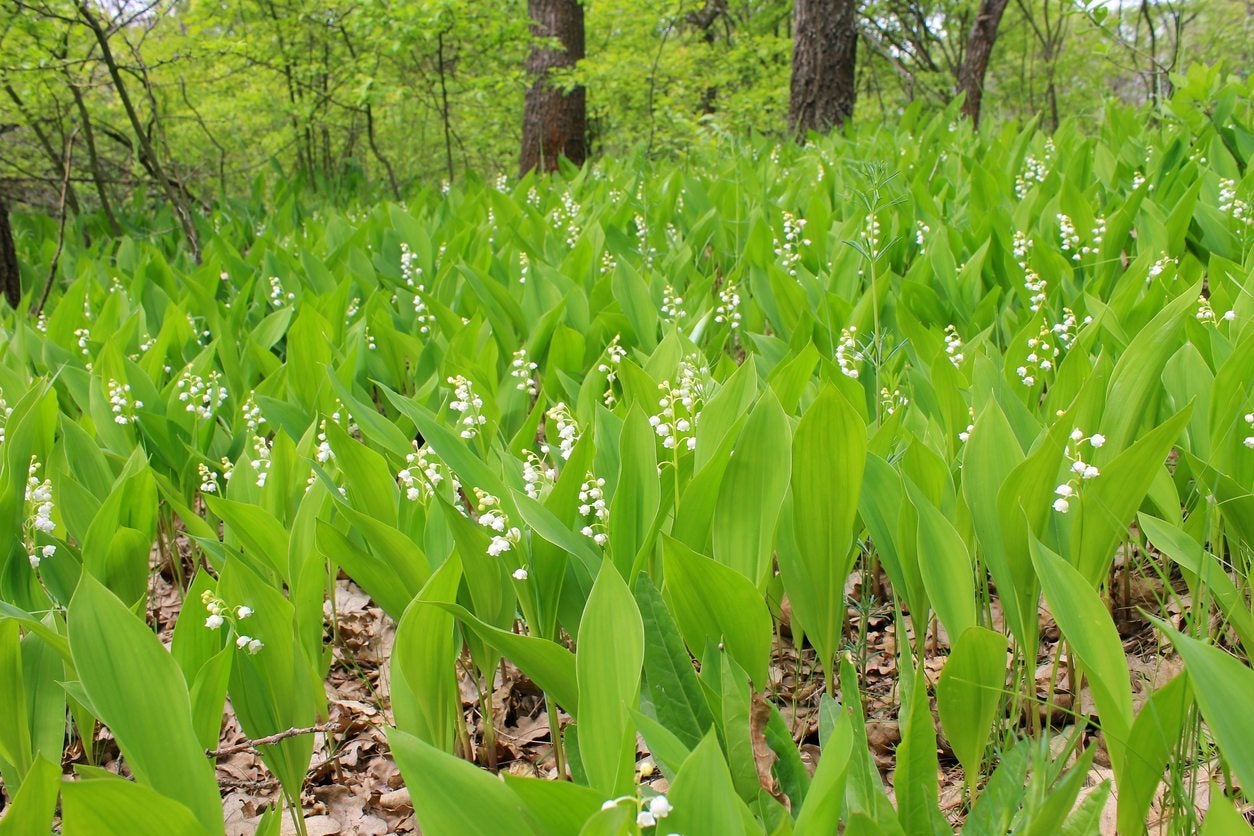 How Invasive Is Lily Of the Valley: Should I Plant Lily Of The Valley Ground Cover
How Invasive Is Lily Of the Valley: Should I Plant Lily Of The Valley Ground CoverIs lily of the valley invasive? Lily of the valley is a perennial plant that grows from stem-like underground rhizomes that spread horizontally, often with amazing speed. It also reproduces from seeds. Exactly how invasive is lily of the valley anyway? Find out here.
By Mary H. Dyer
-
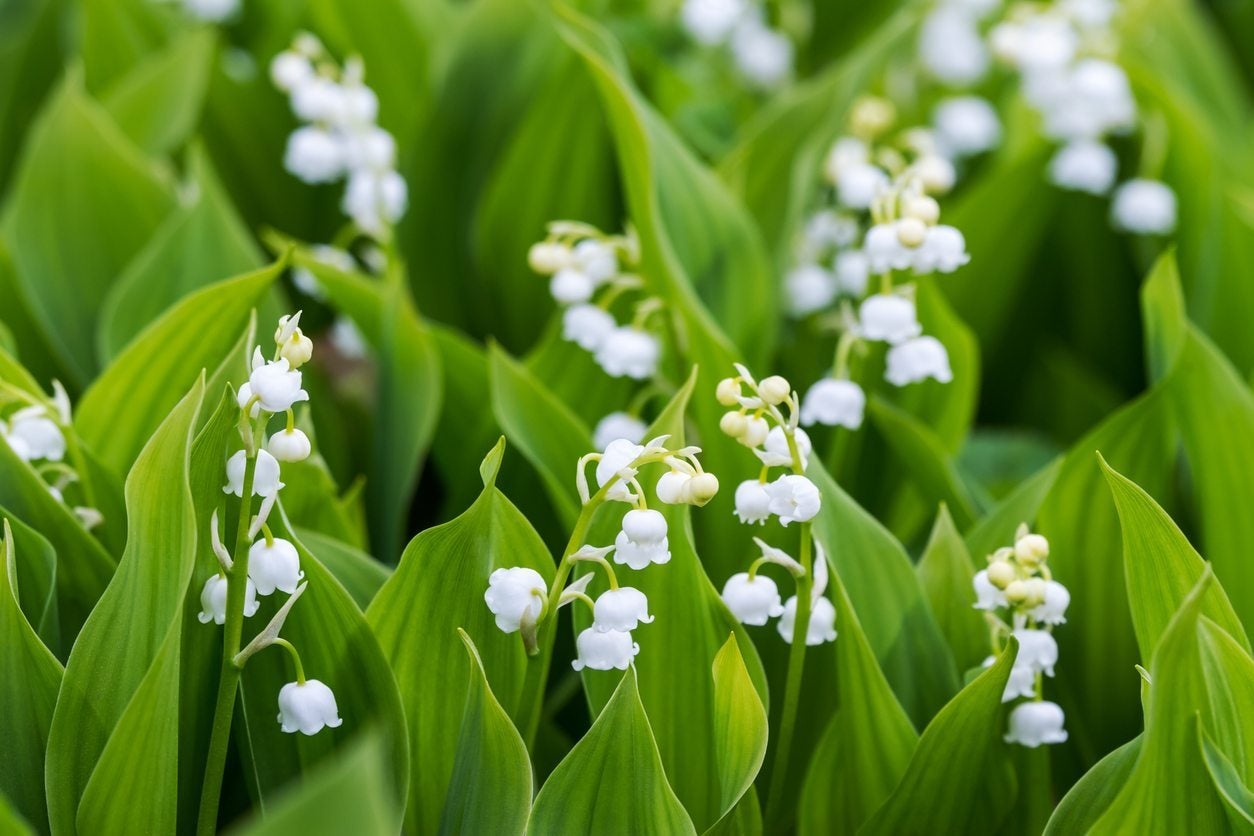 Dividing Lily Of The Valley: When To Split Lily Of The Valley Plants
Dividing Lily Of The Valley: When To Split Lily Of The Valley PlantsAlthough lily of the valley is extremely easy to grow (and may even become aggressive), occasional division is necessary to prevent the plant from becoming unhealthy and overcrowded. The following article can help get you started with lily of the valley division.
By Mary H. Dyer
-
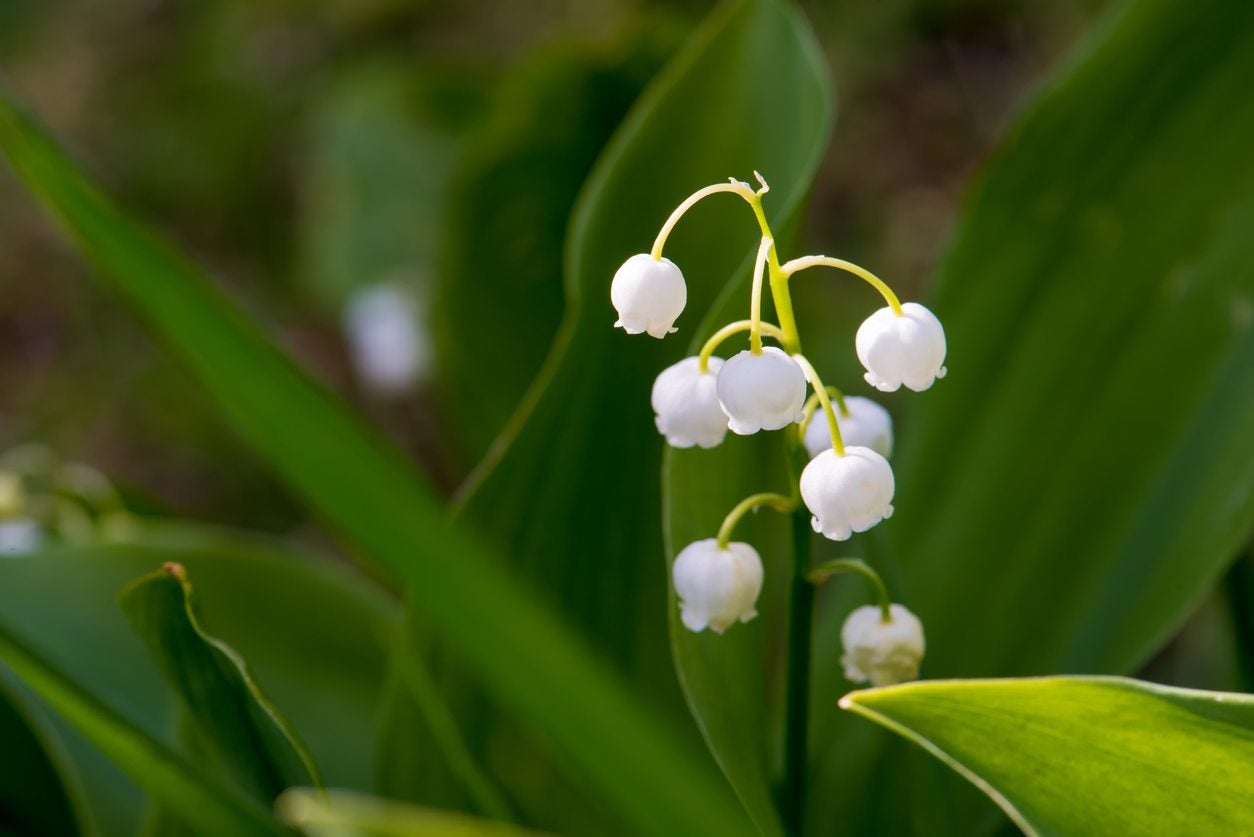 Is Lily Of The Valley Poisonous : Understanding Lily Of The Valley Toxicity
Is Lily Of The Valley Poisonous : Understanding Lily Of The Valley ToxicityIs lily of the valley safe for gardens? Lily of the valley toxicity makes it unsafe to have around children and pets. The plant is so dangerous that ingestion could result in a trip to the emergency room, or in rare cases death. Learn more in this article.
By Bonnie L. Grant
-
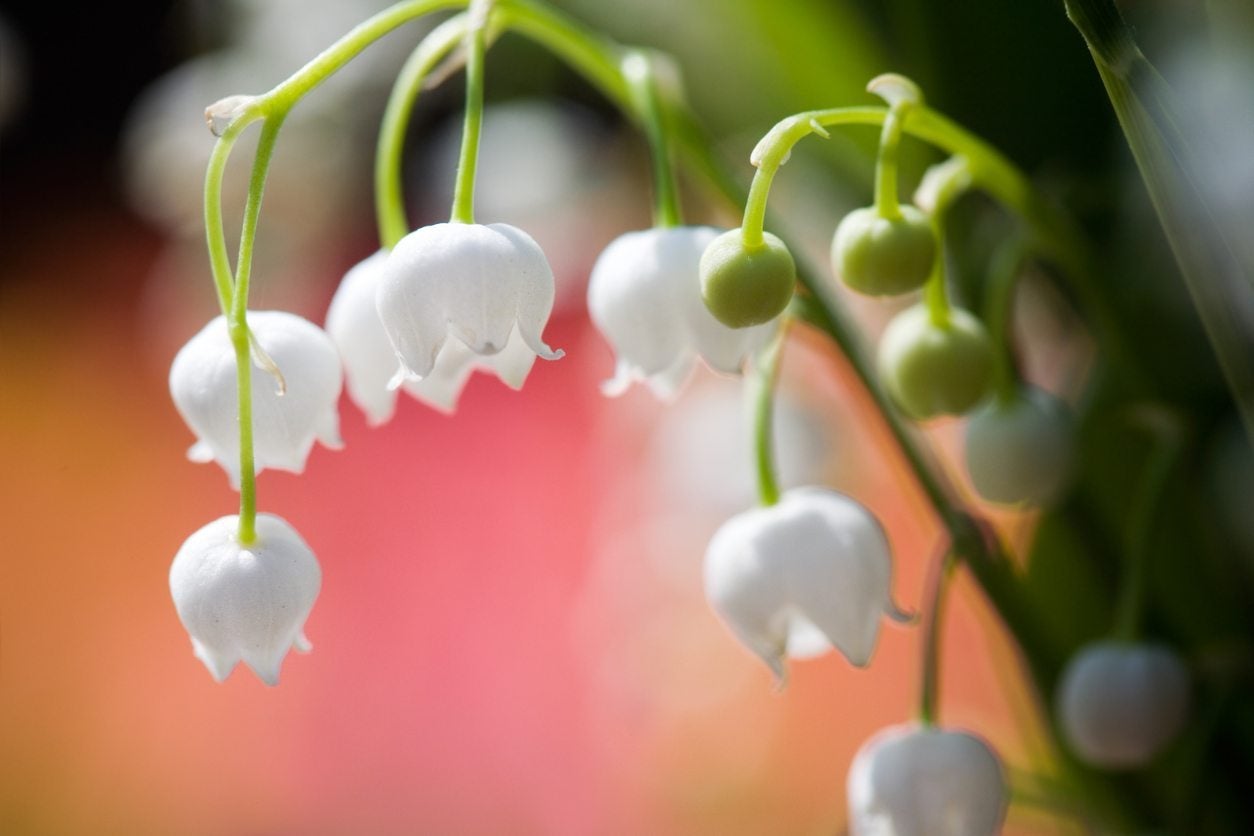 Lily Of The Valley Won’t Bloom: Why Is My Lily Of The Valley Not Blooming
Lily Of The Valley Won’t Bloom: Why Is My Lily Of The Valley Not BloomingLily of the valley is a delightful spring bloom with tiny, bell-shaped white flowers. It does well in shadier areas of the garden and can even be a pretty ground cover, but when your lily of the valley isn?t blossoming, all you have is a lot of greenery. Find out how to fix that here.
By Mary Ellen Ellis